7 Biggest Challenges of Cloud Computing & How to Approach Them!
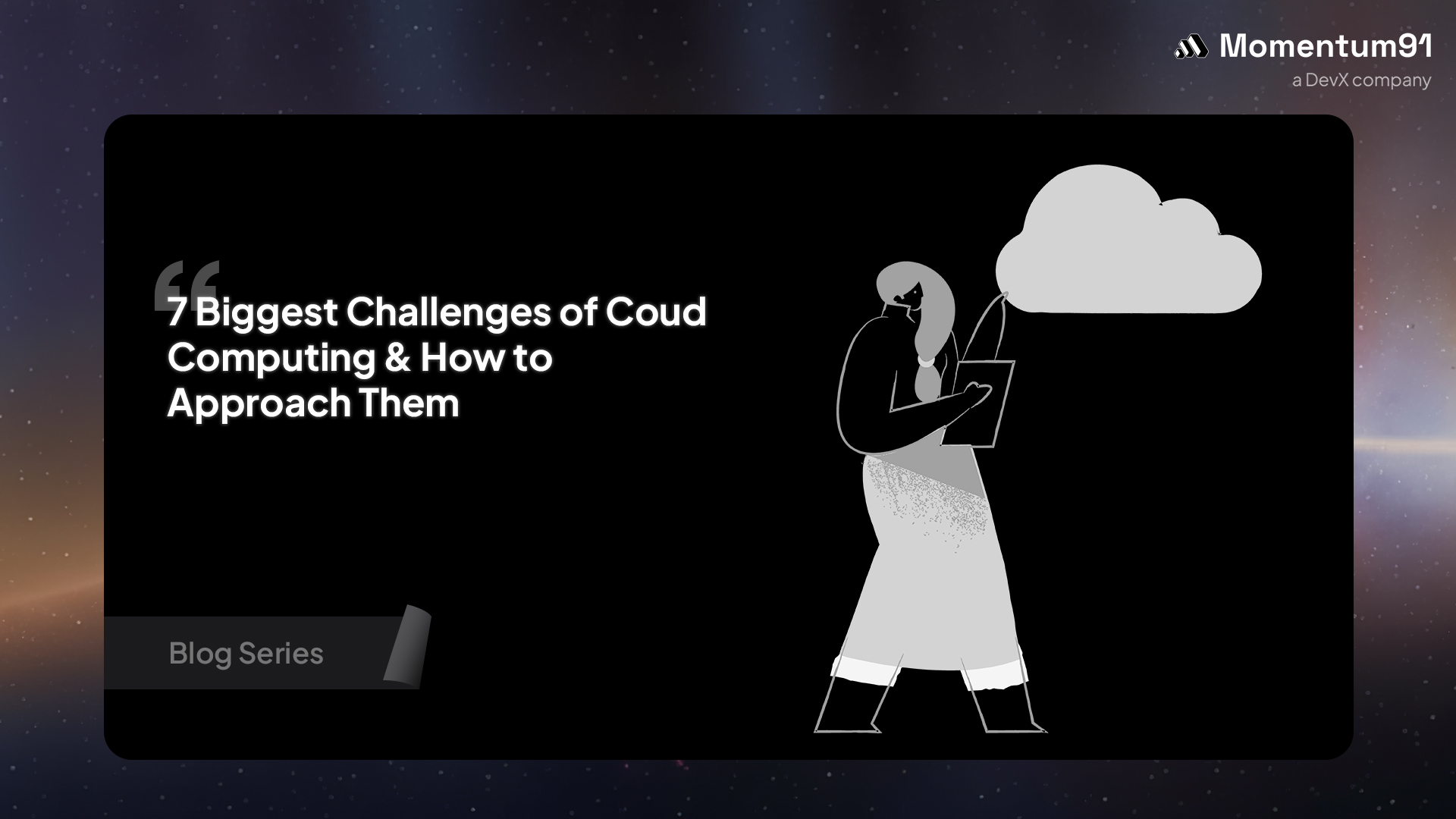
Cloud computing is the engine for modern business, not just an option. Spending is soaring, expected to hit $723.4 billion in 2025 as companies chase scale. But this rush has a dark side. The real challenges of cloud computing are not about where you compute, but how. This "how" is where you find the problems.
For example, 85% of organizations name cloud computing security as their biggest issue. Gartner said 99% of cloud security failures in 2025 will be the customer's fault.
The cloud promise is simple, but the reality is a series of challenges of cloud computing. This guide is a playbook for solving the 7 biggest challenges of cloud computing you will face.
A 60-Second Refresher: What Are the Components of Cloud Computing?
Before we jump into the challenges of cloud computing, let's set the stage. The components of cloud computing are the "layers" where these problems live.
- IaaS (Infrastructure as a Service): This is the raw servers, storage, and networking. You manage the most, including much of the cloud computing security.
- PaaS (Platform as a Service): These are the tools to build and run apps. The vendor manages the underlying infrastructure.
- SaaS (Software as a Service): These are the apps you just use (like Gmail). The vendor manages (almost) everything.
Most companies use a Hybrid or Multi-Cloud world, which is where the real challenges of cloud computing begin.
The 7 Biggest Challenges of Cloud Computing (And the Paradox Behind Them)
The biggest challenges of cloud computing are the "gotchas" hidden inside the cloud's biggest promises.
1. The Security Paradox (The Promise: "The Cloud is More Secure")
Cloud providers build fortress-like security, yet 80% of organizations still had a cloud security incident in 2025. The problem is not the provider's fortress; it is the millions of "keys" (configurations) your team has to manage. This makes cloud computing security extremely complex.
The number one threat is misconfiguration. A perfect example is leaving a storage bucket (like an AWS S3 bucket) public, accidentally exposing sensitive customer data for anyone to find. Weak Identity and Access Management (IAM) is another huge problem, with 80% of breaches involving stolen or weak credentials. These challenges of cloud computing are 100% your responsibility, not the provider's.
Here is the approach to solve these cloud computing security problems:
- Adopt "Zero Trust": This model means you trust no one by default and verify everyone, always.
- Use CSPM Tools: Implement Cloud Security Posture Management (CSPM) tools.
- Make IAM Your Top Priority: Grant "least-privilege" access. This means employees only get the exact permissions they need to do their job, and absolutely nothing more.
Mastering your cloud security is the first and most important step to solving the challenges of cloud computing.
2. The Cost Paradox (The Promise: "Pay Only For What You Use")
"Pay-as-you-go" sounds cheap, but it quickly leads to "pay-as-you-grow... and-grow-and-grow." This is why over 80% of organizations say cost management is one of their top challenges of cloud computing.
The core problem is "cloud waste." It is easy to spin up powerful components of cloud computing, like a server, for a test and then forget to turn it off. This "zombie infrastructure" runs for months. This is one of the biggest challenges of cloud computing because it silently destroys your budget. These financial challenges of cloud computing require a new approach.
This is exactly why FinOps (Cloud Financial Operations) was born. FinOps is a cultural practice that brings financial accountability to your cloud spending. The approach to this cost management problem is straightforward:
- Tag every single resource to see who owns it.
- Set automated budgets and alerts that warn you before you overspend.
- Use auto-scaling to shrink resources when you do not need them.
3. The Expertise Paradox (The Promise: "The Cloud is Simple to Manage")
You can deploy a server in 30 seconds, which feels simple. But do you know how to secure, scale, and monitor it with complex tools like Kubernetes and Terraform?
The skills gap is massive. This is one of the most practical challenges of cloud computing. The technology is evolving faster than your teams can learn, which leads to employee burnout and critical mistakes. In fact, many cloud computing security issues and costly misconfigurations come directly from this skills gap. Finding qualified people is one of the biggest challenges of cloud computing today.
The best approach is to create a Cloud Center of Excellence (CoE) to set standards. You must invest heavily in continuous training. A smart move is to build a "Platform Engineering" team. This team provides your developers with pre-set, secure templates for the components of cloud computing they need, which simplifies their job.
4. The Governance Paradox (The Promise: "Instant, Global Deployment")
You can deploy an app in Frankfurt in one click. Congratulations, you are now subject to Germany's compliance laws and GDPR. This ability for instant deployment creates massive governance challenges of cloud computing.
Data privacy and data sovereignty are a minefield. You are 100% responsible for the compliance (like HIPAA, PCI, or GDPR) of the application you build. This is true even if the provider's platform is certified.
Example: Your cloud provider might be HIPAA compliant, but if your team builds an app that accidentally emails patient data in plain text, you are the one who violated HIPAA, not the provider.
This legal responsibility is one of the hidden challenges of cloud computing. Poor governance can also lead to serious cloud computing security risks, making it one of the toughest challenges of cloud computing.
The best approach is to use "policy as code" to automate your compliance checks. You must map your data's physical location (data residency) to its specific compliance rules. Always encrypt your data and maintain immutable audit logs.
5. The Multi-Cloud Paradox (The Promise: "Use the Best Cloud for Each Job")
Using "best-of-breed" sounds smart, which is why 89% of enterprises use two or more public clouds. But this is where real multi-cloud challenges begin. Your team now needs to be an expert in AWS, Azure, and GCP.
This is not synergy; it's chaos. These multi-cloud challenges are top complaints. Your team faces:
- Different APIs for every service.
- Separate cloud computing security models.
- Completely different billing systems.
This creates huge challenges in cloud computing. It also makes your skills gap even wider, as you need experts for all clouds.
Here is the approach to manage these multi-cloud challenges:
- Use Abstraction Tools: Use open-source tools like Kubernetes and Terraform. They act as a single "control plane" to manage all your clouds at once.
- Centralize Security: Don't try to manage security separately in each cloud. Use a unified tool that can see and enforce policies across AWS, Azure, and GCP.
- Centralize Monitoring: Use a single monitoring platform to pull in logs and metrics from all your environments.
Solving these challenges of cloud computing means creating one set of rules, not one set for each cloud.
6. The Integration Paradox (The Promise: "A Modern, API-First World")
Your new cloud-native app is beautiful, but it still needs to get data from your 20-year-old on-premise mainframe. This is the heart of the cloud integration problem.
This is a nightmare scenario for cloud migration. Many IT leaders find that integrating new cloud services with their existing legacy systems is one of the most difficult challenges of cloud computing.
This cloud integration hurdle often involves brittle, insecure connections that break constantly. This is one of the challenges of cloud computing that can stop a cloud migration in its tracks. These old systems also present unique cloud computing security risks when connected to the web.
Solving these cloud integration challenges of cloud computing requires a smart strategy:
- Don't "Big Bang" Your Migration: Avoid moving everything at once.
- Use an API-First Strategy: Build a "wrapper" or a modern API around your legacy system.
- Use Modern Integration Platforms (iPaaS): These tools are built to manage this exact type of data flow between old and new systems safely.
This approach lets you solve one of the most practical challenges of cloud computing without breaking your old systems.
7. The "Hotel California" Paradox (The Vendor Lock-in Problem)
"You can check out any time you like, but you can never leave." This perfectly describes vendor lock-in. The problem starts when you use a provider's powerful, proprietary services like AWS DynamoDB or Google BigQuery. Soon, your applications are coded directly to their specific APIs. This vendor lock-in becomes a huge business risk. If they raise prices, you are stuck.
The real trap isn't just high data egress fees (the cost to move data). It's the massive engineering cost to rewrite your app for a competitor. These challenges of cloud computing lock you in at the code level.
The only approach is to be deliberate from day one.
- Always ask: "Do we really need the power of this proprietary tool, or can we use an open-source alternative like PostgreSQL?"
- Build with portable components of cloud computing, like containers (Docker and Kubernetes).
- Prioritize open-source databases and tools where possible.
How Momentum91 Solves Your Top Cloud Challenges
Knowing the challenges of cloud computing is the first step. Mastering them is the next step. Momentum91 brings deep cloud, development, and cloud security expertise to help you scale your solutions quickly and efficiently.
With 8 years of experience and a talent pool of 13,000+ people, we deliver embedded, full-stack teams that feel like your own. We directly solve the skills gap, one of the biggest challenges of cloud computing. We move fast, with 95% of our cloud project teams going live in under ten weeks. We cover everything from cloud migration to full software roll-outs.
Key Strengths:
- Security & FinOps First: We build cloud computing security and cost management into your project from day one.
- End-to-End Development: From concept to delivery, Momentum91 covers all phases of your cloud integration and development.
- Full-Stack Execution: Engineers, designers, and product minds all embedded in your vision for mastering the challenges of cloud computing.
- Embedded Cloud Teams: Our offshore teams work as if they are onsite.
- Scalable Talent: We provide rapid team building to solve your skills gap.
Explore how Momentum91 transforms your ideas into impactful, scalable products and helps you master your multi-cloud challenges.
Conclusion
The biggest challenges of cloud computing are not just technical. They are serious business problems, runaway cost management, constant cloud computing security threats, and a crippling skills gap.
Ignoring these issues means you are not just overspending. You risk huge fines from a compliance breach, letting "cloud waste" destroy your budget, and losing to competitors while you fight vendor lock-in.
The "cloud-smart" era is here. You must master these challenges of cloud computing. Momentum91 provides the expert teams to make your cloud secure, cost-controlled, and truly smart.
Connect to Momentum91 today to turn your cloud challenges into your biggest advantage.
FAQs
1. What is the single biggest challenge of cloud computing in 2025?
The biggest of the challenges of cloud computing is cloud security. Misconfigurations are the top threat, making cloud computing security your main job. These challenges of cloud computing stem from simple errors, like public storage buckets, and are a bigger risk than multi-cloud challenges or cost management.
2. What is FinOps and how does it solve cloud cost management?
FinOps is a practice that solves cost management, one of the main challenges of cloud computing. It brings financial accountability to your cloud spend. By tagging all components of cloud computing and using alerts, FinOps stops "cloud waste" and helps you control the challenges of cloud computing related to budget.
3. What is the "shared responsibility model" in cloud security?
This is a key concept for cloud computing security. The provider is responsible for security of the cloud (their hardware). You are responsible for security in the cloud. This includes your data privacy, compliance, and configurations. This is one of the challenges of cloud computing many people misunderstand.
4. How can my company avoid vendor lock-in?
Vendor lock-in is one of the toughest challenges of cloud computing. It makes a future cloud migration very costly. To avoid vendor lock-in, build with portability. Use open-source databases and containers (like Docker), and check "data egress" fees before committing to a proprietary service.
5. What are the main components of cloud computing I need to know?
The main components of cloud computing are the three service models: IaaS (raw infrastructure), PaaS (platforms to build on), and SaaS (ready-to-use software). Understanding these components of cloud computing is the first step to managing cloud computing security and the other challenges of cloud computing for each layer.
The inbox update you’ll never want to skip
A quick catch-up with ideas, wins, and tips worth stealing, straight to your inbox every week.
The easiest way to reach us.
Share your details and we’ll get back within 24 hours.
Blogs
A plethora of insights,all in one place
From strategy to execution. All the big ideas, practical guides & fresh perspectives that’ll help you scale with confidence
Ebooks
Comprehensive guides that break down the shifts in business and technology, Helping you lead with clarity.

Office Hours
Your direct line to our experts. Practical advice for scaling, right when you need it.
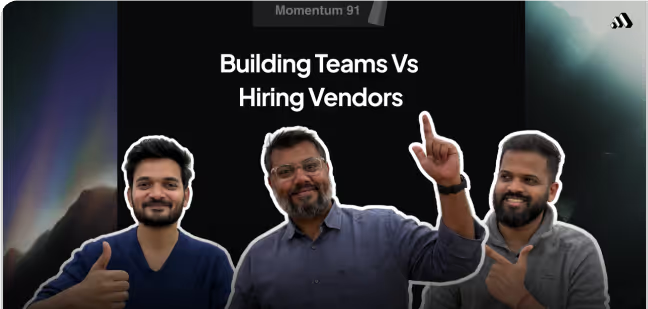
Reports
Data-backed perspectives on where industries are headed, giving you the foresight to make bolder moves.
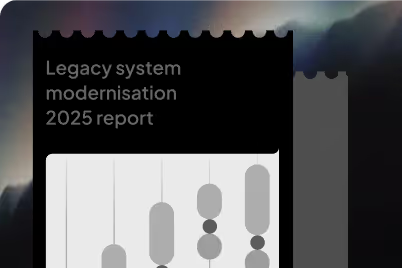
Newsletter
A quick catch-up with ideas, wins, and tips worth stealing, straight to your inbox every week.
.avif)
Podcasts
Conversations where you get to know everything from the ones who know it best.
.avif)
Your Offshore Development Center, Done Right
Access top-tier global talent, enterprise infrastructure, and complete regulatory compliance through our proven model.
Start Now




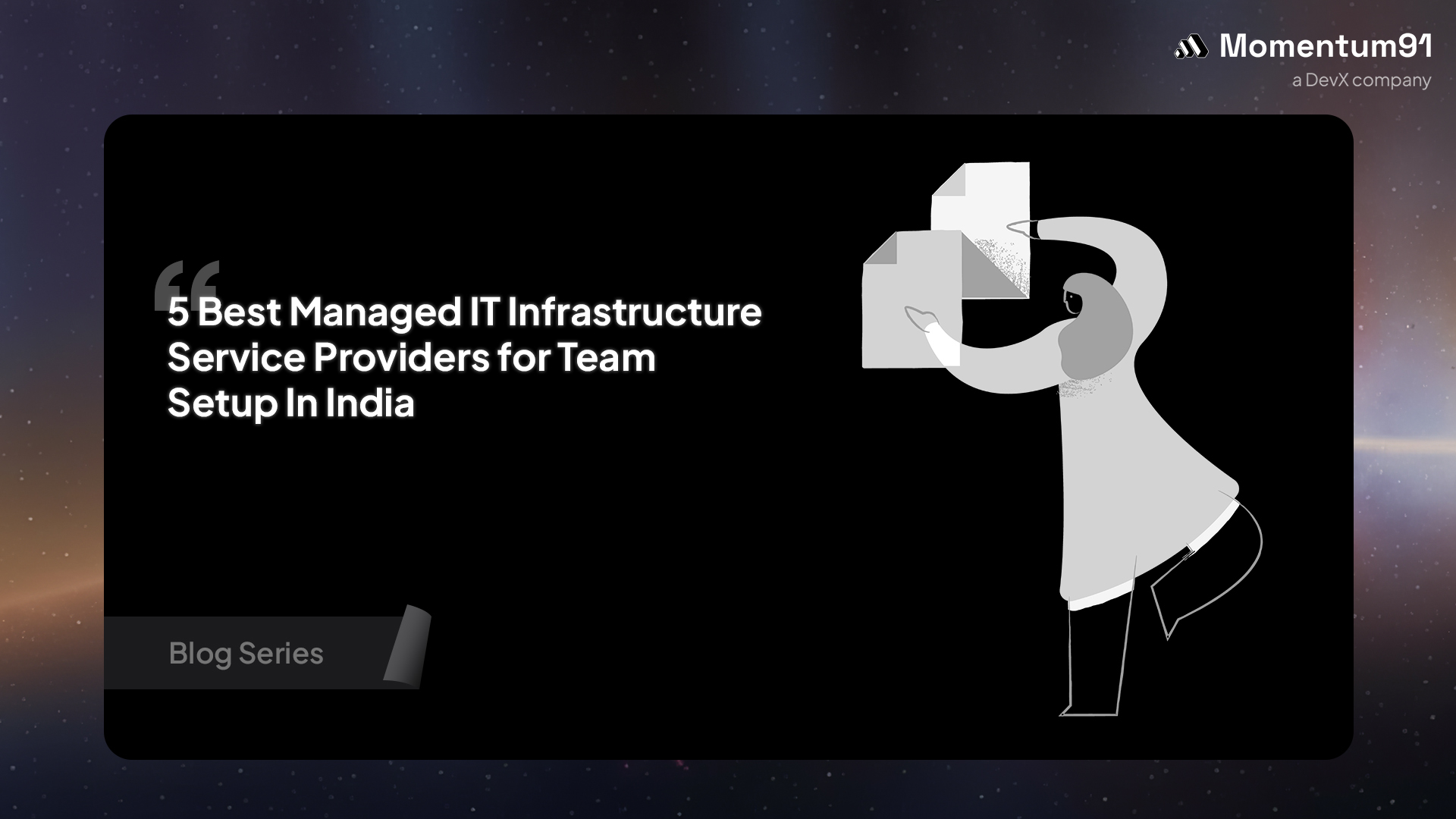
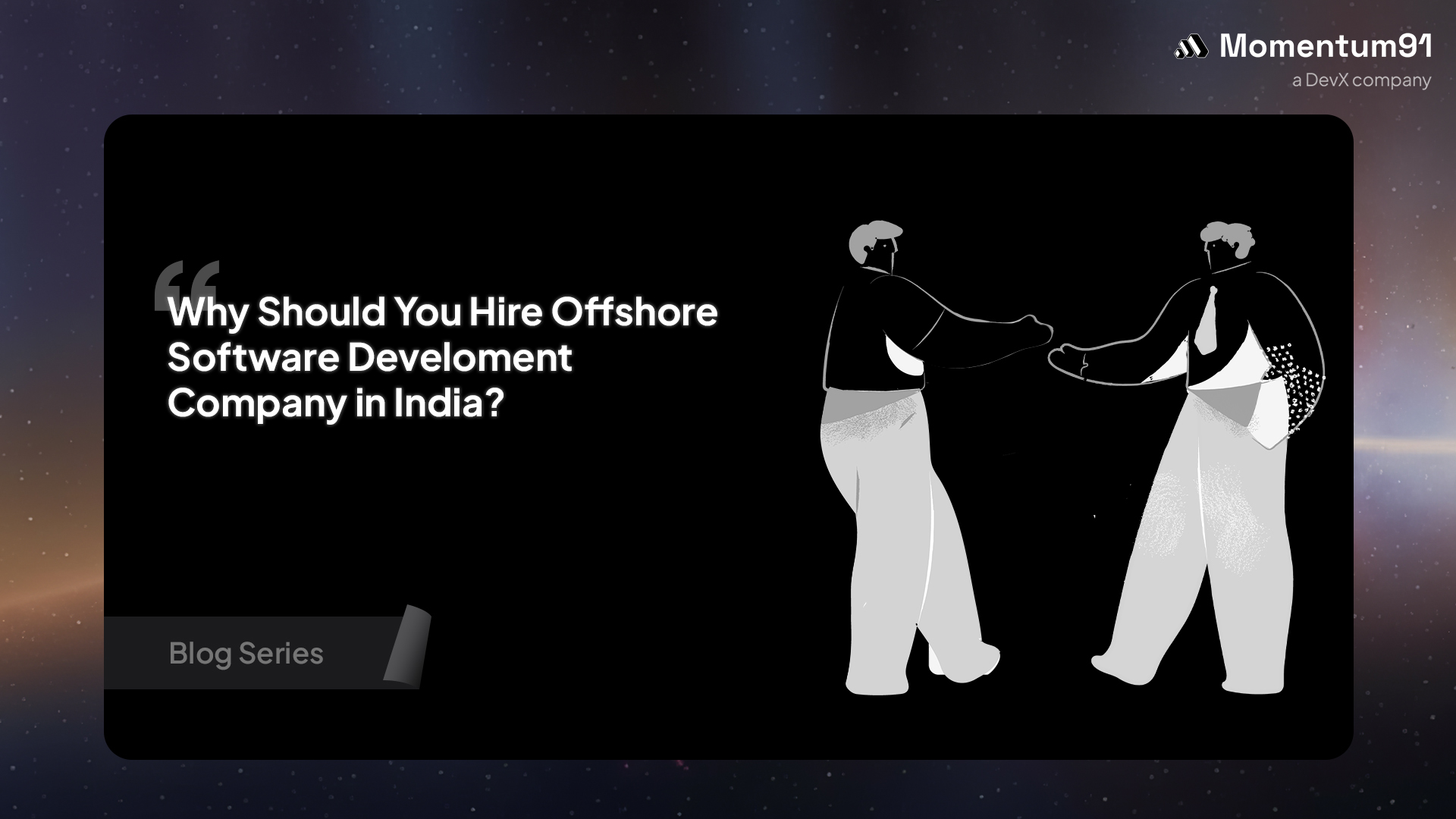
.jpg)
